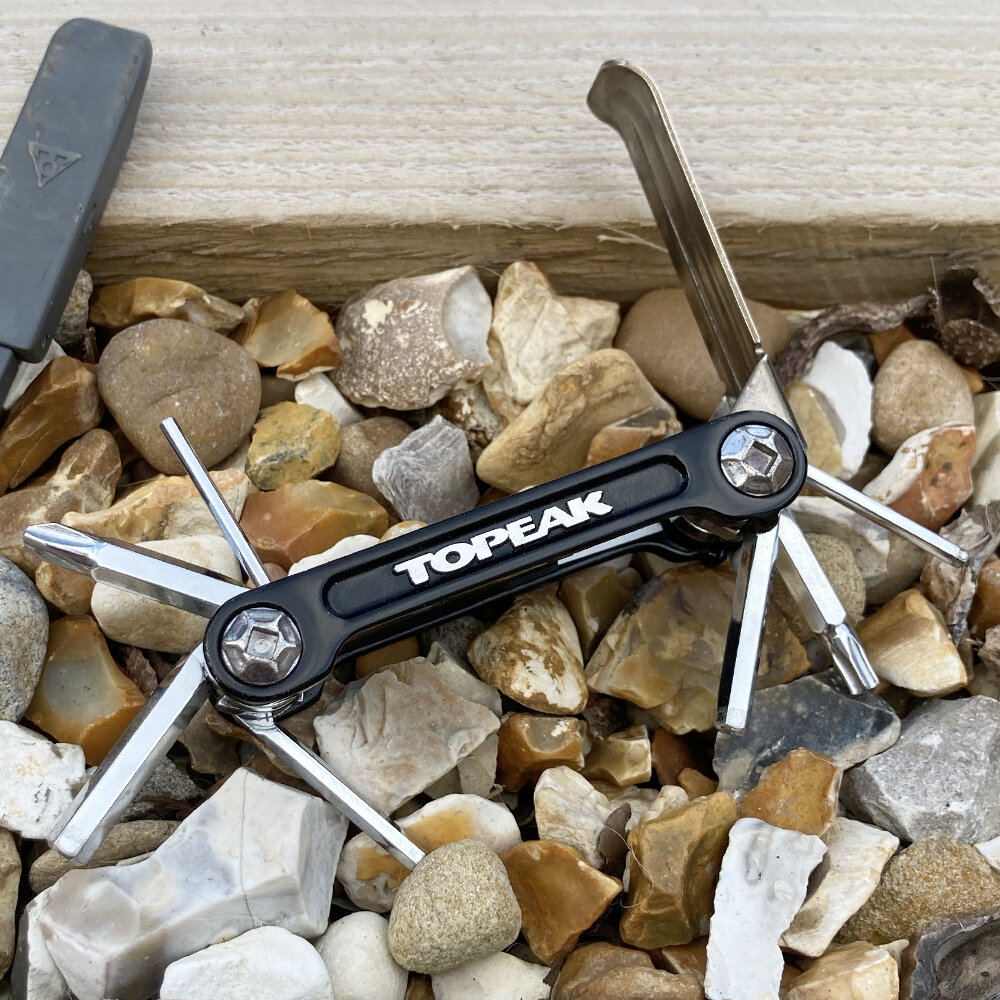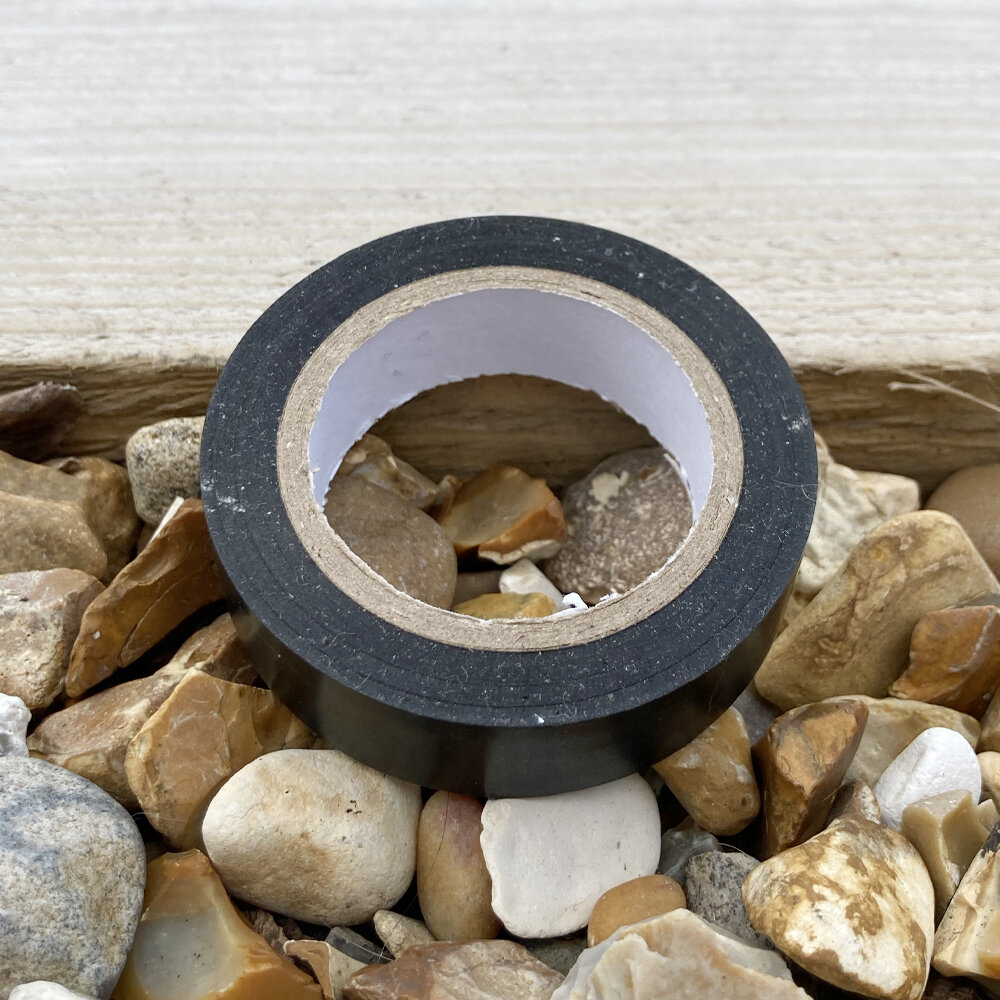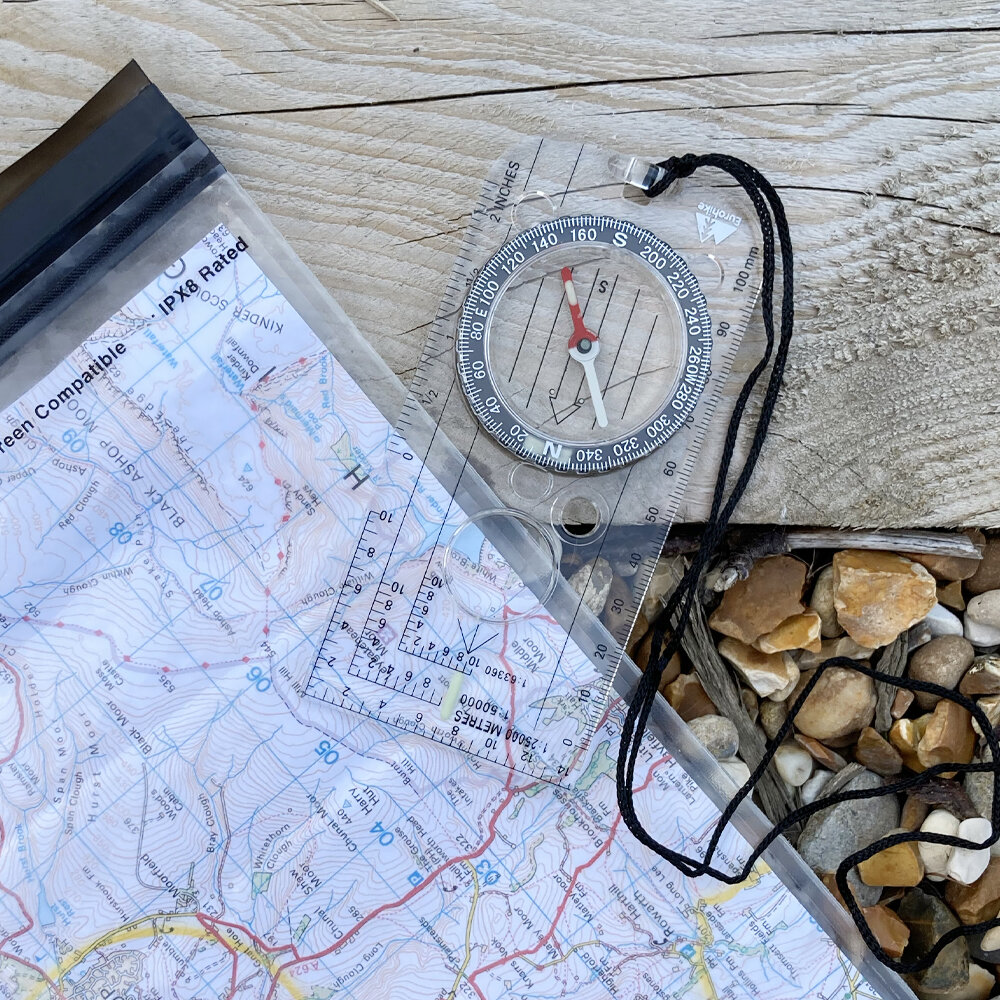17 essential items to take on a ride
If you’re an inexperienced mountain biker all you may end up taking on a ride is yourself, your bike, a hydration pack/rucksack and a water bottle, you may even have a pump attached to your bike. But is this really enough?
Unless you’re sticking to a trail centre mountain biking often means being off the beaten track and out in the wilds of the mountainous countryside for an extended period of time. Therefore you really need to carry the necessary tools and accessories to get you out of any eventuality. You want the right kit to look after you and your bike to get you home, whatever the ride may throw at you.
It goes without saying that firstly your bike should be well maintained, a quick check pre-ride or even the day before, can help make sure you don’t get caught out by a loose bolt or worn pads and cables. For the sake of this post I will presume that your bike is serviced, and that you always carry a suitable backpack with enough fluid to keep you hydrated, and enough food to keep you fuelled. You should also be dressed appropriately for the weather, so if it is forecast to rain you should be carrying waterproofs. It’s also fairly obvious that you should be wearing an undamaged cycle specific helmet. I also know you never leave home without your mobile so I will assume that you will have that on you.
But what about when things go wrong, and they inevitably will. Then what?
In no particular order of importance here's my list of 17 essential items that you should pack for a mountain bike adventure.
First Aid Kit
I rode for years without a first aid kit. But after the pins in my pedals introduced themselves to my shin, it’s something I never leave home on a ride without. No matter how short or long it is. I won’t list everything that is in my kit, as I carry extra bits when guiding, but there are lots of options for lightweight, easy to carry first aid kits out there. Better safe than sorry!
Inner Tube(s)
Even if you run a tubeless set-up you should carry at least one spare inner tube to fit your tyres. The last thing you want to be doing is trying to patch up an inner tube by the side of a trail in the mud, rain and cold. Carry at least one spare so you can quickly change it over. You can worry about patching up the tube once you are at home in the warmth. If you run tubeless an inner tube can be a god send should you slash the sidewall in your tyre. Let’s face it no one likes pushing their bike. Just remember should you need to change an inner tube DO NOT leave the old one on the trail, take it with you.
Tyre Levers
You should carry at least one tyre lever, ideally a two. They make having to remove a tyre off the rim so much easier. I would recommend stiff plastic ones. Metal ones have the potential to scratch your rims and no one likes that. If you are using the levers to put the tyres back on, and you use inner tubes, be careful not to pinch and damage your new inner tube. If you can work the tyre bead back on to the rim without having to resort to levers that’s the ideal. But it’s often easier said than done with some tyre and rim combinations, especially in the cold and rain.
Multi-tool
Ideally your multi-tool should have a range of allen keys, screwdriver and torx heads that will allow you to adjust all of the major bolts on your bike, such as handlebars, stem and seat post clamps. Just be sure that the items on your multi-tool are suitable for your bike. Most should be but don’t presume. Check.
Small Swiss Army Knife
Depending on your multi-tool you may not need one of these. But a small foldable knife is super handy, especially if a trail side repair involves cable ties.
Chain Tool and QR Chain Link
Again, as with the small swiss army knife, some multi-tools have chain tools attached. If not, you should be carrying one. If your chain breaks you are going to need one of these to remove any links. However, they can be a nightmare and very fiddly when trying to rejoin a chain. A quick release chain link such as a Power-Link/Power-Lock is an easy solution. Just make sure you have the correct model for your make of chain and one that fits the gears you are running i.e 9, 10, 11 or 12 speed. Hook it up and away you go in no time. Don’t forget to take any left over chain bits with you. DO NOT leave them at trailside.
Derailleur Hanger
Carrying a spare derailleur hanger may seem like overkill but it could be the difference between you riding home, or pushing. The hangers are there to help protect your rear derailleur from becoming damaged from things like rocks and crashes. When they bend or break, your gears will no longer function properly but it should mean your derailleur is still intact, meaning you can just swap the hanger. You can buy specific ones suitable for your bike, or universal hangers that are purely for emergencies. Bent hangers aren’t as common as they used to be but you should be prepared for the worst.
Energy Gels
I mentioned in the beginning that I would presume that you had enough food to fuel you for your ride. However, energy gels are super useful for a couple of reasons that they warrant a mention on my essential list. Not only do they provide a concentrated source of fuel that will give you a boost of energy, but you can also use the wrappers to help get you going again if you manage to slash your tyre. You just place the wrapper on the inside of the tyre where the slash is, and then this will help to protect the inner tube as you ride back. If you have sliced your tyre you will need an inner tube, even if you run tubeless. I’ve known some riders to carry cut up parts of old inner tubes, and even toothpaste tubes, but personally I always carry energy gels so I’ve no need.
Bike Pump and Co2 Canisters
Modern day mini-pumps are small and don’t take up much space in your pack. Although Co2 canisters may not be as good for the environment they are more compact, and give instant rideable tyre pressure with much less faff. I carry both so just incase I’ve had to deal with numerous problems and I’ve run out of canisters, I still have the pump on standby.
Tubeless Sealant & Repair Kit
Running tubeless is great and seriously reduces your chances of pinch flats, but things can still go wrong occasionally. You may burp your tyre and lose all sealant, you may even be unfortunate enough to puncture your tyre where the hole is too big for the sealant to work, so having the repair kit will soon get you back riding. I carry a valve core remover as it is mega handy and means I can replace sealant without having to take the tyre off. I always carry a couple of spare valve cores as well as they can get blocked up with sealant. They take up no space and I’ve had a problems with them before.
Brake Pads and Separator
I view these as essential if you are on a full days ride in the mountains, as the chances of wearing out pads is greater than if you were just riding about in your local woods. I often forget to take spare brake pads on rides, but I pre-check my bike the day before, so if I felt where I was riding I would be at risk I would pack them or change them before the ride. If you do carry spare brake pads make sure they are pre-bedded in. You will thank me for that if you need to change them trail side, and if you do need to change them at trail side a pad separator is extra handy.
Cable Ties
What is not to love about cable ties! You’ll be staggered at how useful these things are. I’ve used them to help with an emergency single speed conversion, as well as to attach a brake lever to my handlebars after a bolt randomly sheered. You aren’t a true mountain biker until you’ve had a ride saved by a cable tie.
Electrical Tape
As with cable ties, electrical tape is an unbelievably useful bit of kit carry. It’s perfect for taping items to your bike, and for stopping some annoying rattles.
Map and Compass
Batteries can die, technology can be temperamental and GPS devices can fail. This is why I always carry a map if I’m riding in the wild. It’s an invaluable skill to be able to navigate and find where you are with out relying on technology. If anything should go wrong and you need to call for help the emergency services will require accurate co-ordinates to come and find you. Being able to provide an accurate position of where you, or your group are, could be lifesaving. I would also recommend downloading an app called OS Locate, as it provides you with an accurate location without a phone signal.
Spoke Key
You may think that this isn’t essential and there probably is an argument there. But if you happen to snap a spoke you need to be able to remove it, and then adjust the tension in the other spokes so that your wheel runs as true as possible to get you home safely. I never used to carry one until, in the middle of the moors with no phone signal or working GPS, I snapped a spoke. I was around 15km from the car with no one else around for help. What did I do? I used electrical tape to tape the broken spoke back together, and I used the map I was carrying to plan the quickest route back to the car. You couldn’t make it up!
Survival Bag or Bothy Bag
I know many riders that don’t carry these, but you should struggle to find a mountain bike leader without one. A survival bag is an essential piece of individual kit that you should have for emergencies, and a bothy bag is equally essential if you are riding in a group. If you’re unfortunate enough to be caught out in the elements in an emergency situation, both of these can shelter you from the wind and rain until further help arrives. They keep you warm and can help hold off hypothermia. If you are waiting for emergency services it will likely be hours not minutes before they arrive so a survival bag or a bothy bay could potentially save someones life. When on a solo ride I always carry my survival bag, and on any group rides from 2-8 people I always carry my bothy bag.
I.D, Cards and Cash
This may seem obvious, but if anything does go wrong you may need some cash to buy spares from a bike shop, or to buy food or a drink to get you home. In the worse case scenario having ID makes it far easier for any emergency services to identify you, as well as to get in touch with family or friends if you are involved in any accident. It’s also important to carry any medical information such as allergies or any known conditions such as diabetes. Just write all the details (your name, emergency contact name and number, medical information) on a bit of paper and pop it in your bag.
So that’s my 17 essential items to pack for a ride. It may seem like quite an extensive list, but it all weighs next to nothing, and if you use a saddle bag or are clever you can carry quite a bit of kit on your bike, which means you save the majority of your bag for important things like waterproofs, and packets of jelly babies.
The chances are that if you do carry these items you can guarantee you’ll have a mate turn up with next to nothing, so you’ll be in with a good chance to bail them out of trouble, and if you give a helping hand to any strangers who come unstuck, just think of all the good karma coming your way. Just don’t be that pleb that’s broken down and begging for help.
What do you take with you on a big day in the saddle?


















